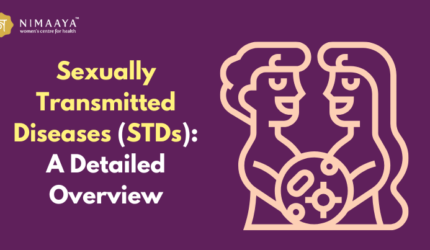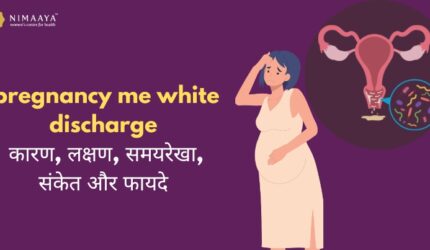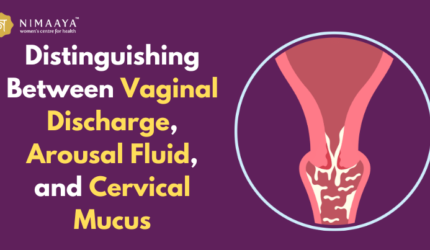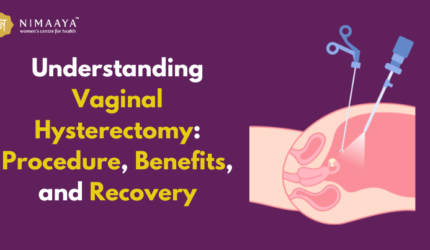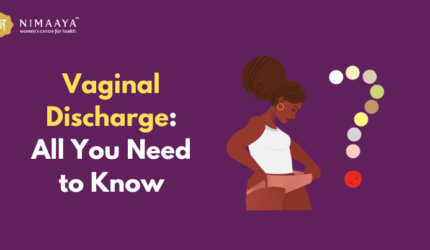Vagina plays a crucial role in the female reproductive system, influencing periods, sex, and pregnancy. However, numerous myths and misbeliefs surround this integral part of a woman’s body.
Often, women have countless questions about their vaginas during adolescence and pregnancy period, yet feel a lack of education and guidance from gynecologists and family members.
In this blog, we will make sure to educate by providing all resourceful information about the vagina. We strive to offer detailed explanations about vaginal opening function and abnormalities that women have to experience throughout the time.
What is Vagina?
The vagina is a stretchy, muscular canal crucial to the female reproductive system, connecting to the cervix – the opening of the uterus to the outside of the body. Often referred to as the birth canal, it is located in the pelvis between the bladder and rectum. The vaginal tissues in the wall comprises of three layers:
- The inner layer is called mucosa and is made of squamous cells.
- The middle layer, known as muscle tissue, is called muscularis.
- The outer layer is made up of connective tissues known as adventitia.
The essential functions of the vagina include the following:
- Providing a passageway for childbirth allows the baby to pass through the delivery system.
- It temporarily holds sperm, facilitating their passage into the uterus. Additionally, during sexual intercourse, it receives the penis.
- A healthy menstrual cycle provides a passageway for the discharge of blood and mucosal tissue from the uterus.
Also Read: Vaginal Discharge: All You Need to Know
Vaginal Opening Function
The vaginal opening Function serves several important functions in the female reproductive system:
Sexual Intercourse:
One of the primary functions of the vaginal opening is to facilitate sexual intercourse. During sexual activity, the vaginal opening allows for penetration by the penis, sex toys, or fingers, leading to sexual pleasure and potentially reproduction.
Childbirth:
During childbirth, the vaginal opening dilates to allow the passage of the baby through the birth canal. The ability of the vaginal opening to stretch and accommodate the baby’s head and body is crucial for a successful vaginal delivery.
Menstruation:
The vaginal opening also serves as the exit point for menstrual blood during menstruation. Menstrual blood flows from the uterus, through the cervix, and out of the vaginal opening during a woman’s monthly menstrual cycle.
Protection:
The vaginal opening is protected by the labia, which are the folds of skin surrounding the opening. The labia help to keep the vaginal opening clean and free from infection by providing a barrier against bacteria and other harmful substances.
Types of Vaginal Tears
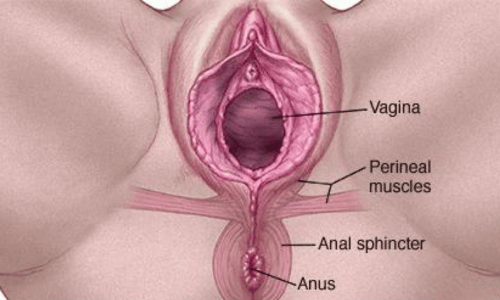
Vaginal tears, also known as perineal lacerations, commonly occur during childbirth, mainly when the baby’s head passes through the vaginal opening. These types of tears often result from the baby’s being too large for the vaginal canal to stretch comfortably.
Usually, it is observed that tears involve the skin around the vagina and tend to heal naturally. However, some tears may require more extensive treatment, which our team at Nimaaya thoroughly evaluated for severity. Let’s explore various types of vaginal tears:
• 1st Degree Tear
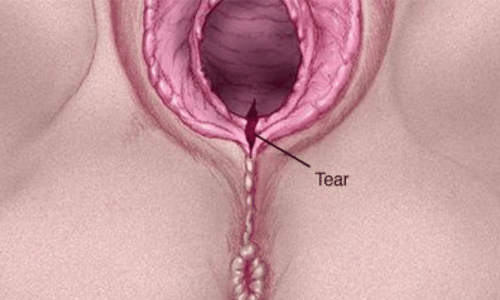
These tears are the least severe and involve the skin between the vaginal opening and the rectum, including the perineum. There is quite a possibility of tears occurring near the urethra, leading to symptoms such as pain or stinging during urination. It will take around 2-3 weeks to recover.
• 2nd Vaginal Tears
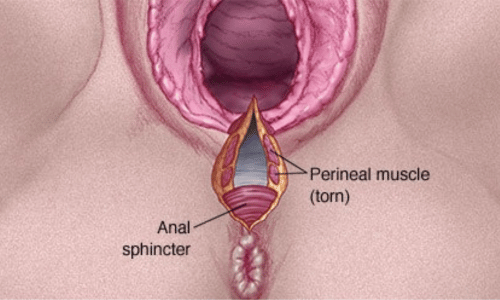
This tear involves both the skin and muscles between the vaginal opening and the rectum. Also, stitches are typically required and take approximately 3 to 4 weeks.
• 3rd Vaginal Tears
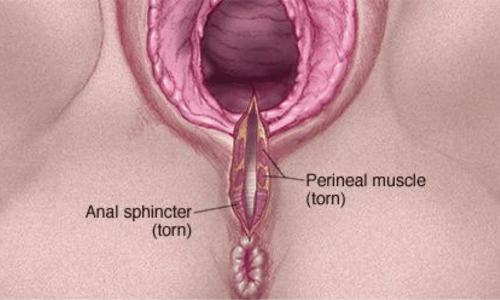
These tears extend into the muscles surrounding the anus, known as anus sphincter. Repairing these tears usually requires an operating room and a longer healing time, approximately 4 to 6 weeks. Also, it would help if you took antibiotic medicines to prevent infection.
• 4th Vaginal Tears
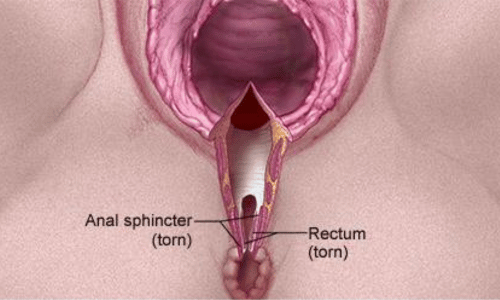
They are the most severe tear; it extends through the anal sphincter into the mucous membrane lining the rectum. Also, they require complex stitches as compared to other tears.
Similar problems to 3rd vaginal tears can occur, including infection, separation of the repaired area, and leaking stool and urine, called urine incontinence.
Vaginal Abnormalities
‣ Vaginal Septum
When your vagina is split into two parts by a band of tissues it is called vaginal septum. The common symptoms that lead to vaginal septum are painful sex, irregular menstruation or pelvic pain. It happens during fetal development and can be treated with surgery.
This vaginal abnormality is not visible outside, you may come to know it by when the menstrual cycle begins or you become sexually active.
Symptoms of Vaginal Septum
- Longer period cycle
- No period at all
- Not able to use tampons
- Abdominal and pelvic pain
- Difficulty in conceiving a baby
- Pain and discomfort during sex
‣ Vaginal Hymen or Hymen Variant
Hymens is a piece of tissue located at the opening of the vagina. The hymen’s function is to allow menstrual blood and normal secretion to exit the vagina. There are different types of hymen variants such as:
① Imperforate Hymen
A condition in which the hymen fails to open up and block menstrual blood and secretion from flowing out. An imperforate cannot be detected at an early stage but is commonly diagnosed during puberty.
② Microperforate Hymen
A condition where there is a small opening of the hymen. In this condition, patients may not be able to use tampons or have vaginal intercourse. There are a few cases when there is a possibility that women may be able to insert tampons but may not be able to remove them because it is filled with blood.
③ Cribriform Hymen
A condition in which women would not be able to use tampons or sexual intercourse despite having small openings.
‣ Vaginal Atresia
A problem or birth defect where the vagina is closed or in some cases absent. Vaginal atresia’s most common cause is where there is abnormal development of the urogenital sinus which contributes to the formation of most of the lower third of the vagina.
There is another type called congenital vaginal atresia which is a distinct condition from vaginal atresia in that the upper vagina and female reproductive structure are intact in the former because the differentiation of Mullerian organs is unaffected.
Symptoms of vaginal atresia are:
- Cyclical abdominal pain
- Failure to start the menstrual cycle
- Pelvic mass
‣ Vaginal Agenesis
Vaginal agenesis is a birth defect that happens when the vagina of the fetus doesn’t develop properly in your uterus. This condition is present from birth but is diagnosed at a later stage in life. The condition is noticed or comes into the picture when they don’t start with their menstrual cycle.
Some people may not have a fully developed uterus or fallopian tubes through which problems in the kidney and spine can occur.
Symptoms during vaginal agenesis
- Pain during sexual intercourse
- Absence of period from age of 15
- A condition where menstrual blood pools inside your body because there is no way to exit. This leads to cramping and abdominal pain.
- Appearance or structure where the vaginal opening should be.
Functions of the Vagina in the Female Reproductive System
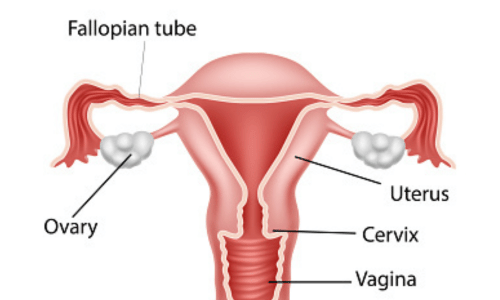
The vagina in a woman enables her to experience sexual pleasure and plays an important role during pregnancy and conceiving a baby.
Ⓐ Sexual Pleasure
The vagina helps you experience pleasure when a penis or fingers penetrates your vagina. During this process, your vagina expands and becomes lubricated when you’re aroused to prevent the friction from feeling painful instead of pleasurable.
Ⓑ Menstruation
The vagina exerts blood every month when it sheds your uterus lining each month during your menstrual cycle. The lining exits your body through your vagina as menstrual blood. The cycle lasts for a maximum of 2 days and can be managed by using tampons, menstrual cups, or sanitary pads.
Ⓒ Pregnancy
As we discussed menstruation above, there are chances that women will miss the cycle and get pregnant only if during intercourse there are sperm swims from your vagina, uterus, and fallopian tubes to fertilize an egg.
Ⓓ Childbirth
Vagina also known as the birth canal plays a crucial role during pregnancy of women. The baby inside travels from the uterus through your vagina to be born. Your normal vaginal opening is the baby’s last stop from your body to the outside world.
Summing up
To sum up, we hope you got a comprehensive understanding of vaginal health during the pregnancy period. We discussed problems a woman has to undergo during this period, including common symptoms and related issues.
Nimaaya IVF Center has one of the best gynecologists in Surat. Our commitment lies in offering women the finest pre and post-pregnancy services. We prioritize counselling sessions, ensuring personalized guidance for women seeking to conceive without complications.


